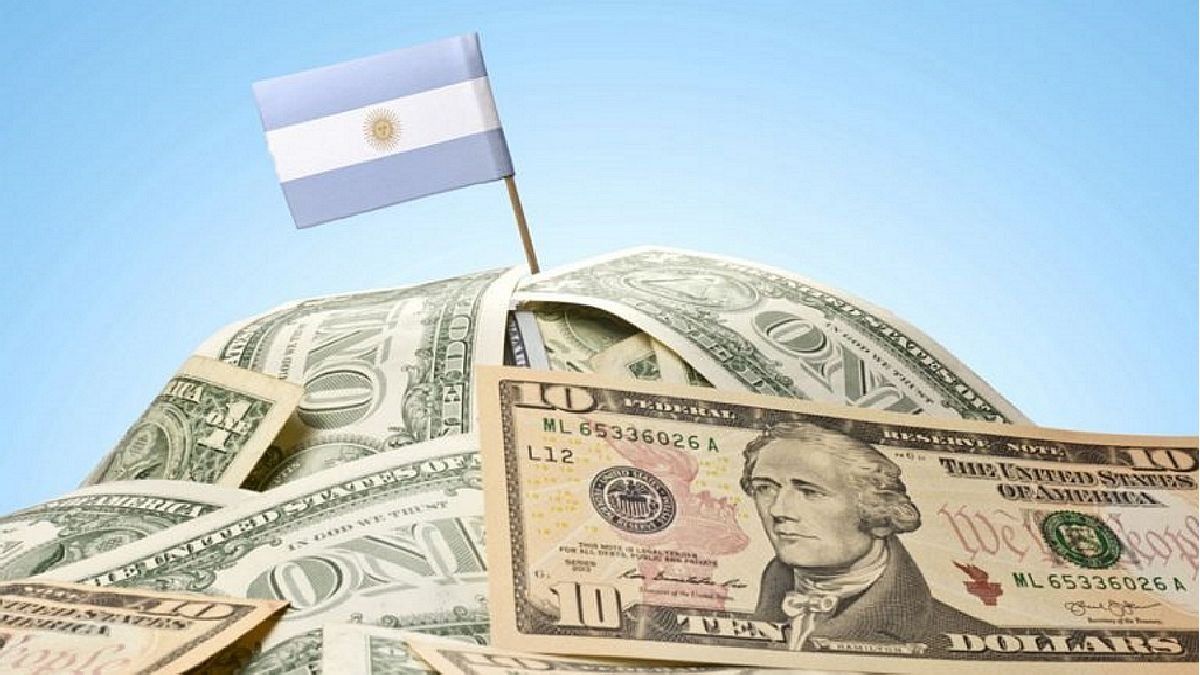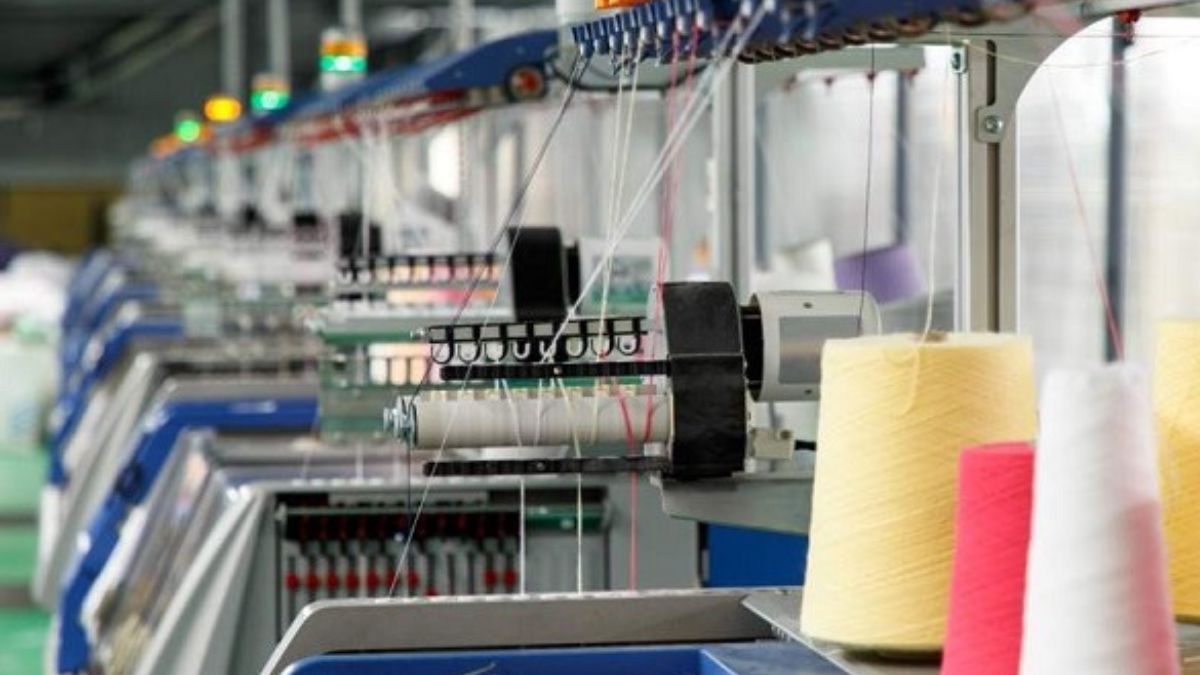Schteingart pointed out, in that sense, that “one option is the Korean path, concentrating a lot on industry and little on natural resources; and another strategy is Australia, betting everything on natural resources, a specialization that the previous government played. “.
But in the first case it is a model with low wages as a starting point, without the availability of natural resources and with an authoritarian state, “which poses enormous institutional challenges for industrial policy, political economy and geopolitics.”
The Australian road, in turn, “overestimates Argentina’s natural resource potential, can cause environmental stresses and is exposed to external shocks (droughts, international prices).”
The alternatives, said Schteingart, are other “hybrid” cases such as those of Canada, Finland and Denmark, “in which it was seen that development is possible by combining natural resources with sectors far away from them.”
“We are used, in a country with so many cracks, to always think about agriculture versus industry, one at the expense of the other, but the truth is that a lot of productive complexes can easily be generated from natural resources,” defined the official .
He then highlighted that Canada is a net exporter of primary products (oil, gas, wood, oilseeds, wheat, gold, coal, iron ore, copper, nickel, hides, fish, meat).
But it also exports manufactures intensive in natural resources (cellulose, paper, refined petroleum, aluminum); manufactures of industrial origin (cars, fertilizers, airplanes, optical instruments, engines); and services (computing, communications, financial, business, for construction).
Finland, in turn, sells abroad from wood, gold, zinc and leather to cellulose, paper, dairy products, refined crude oil, machinery for agricultural, forestry and construction use, precision instruments, plastics, glass, fertilizers, equipment. telecommunications, steel, ships; and maritime transport, intellectual property, financial and construction services.
Denmark, meanwhile, is distinguished by its shipments of pork, wheat, fish, oil, hides, dairy products, non-alcoholic beverages, cigarettes, general machinery and specific agricultural use; food industry, publishing, medical instruments, medicines, chemicals, auto parts, furniture and computer services, communications, intellectual property, etc.
Schteingart warned that “productive policies are fundamental”, and warned that “without a development model, these policies will be contradictory and more likely to accumulate in geological layers.”
In this sense, he concluded, “without minimal consensus the result is the permanent change of the incentive system, the absence of predictability and defensive behaviors of economic actors, who end up bidding for income in a zero-sum game.”
Source From: Ambito
David William is a talented author who has made a name for himself in the world of writing. He is a professional author who writes on a wide range of topics, from general interest to opinion news. David is currently working as a writer at 24 hours worlds where he brings his unique perspective and in-depth research to his articles, making them both informative and engaging.




